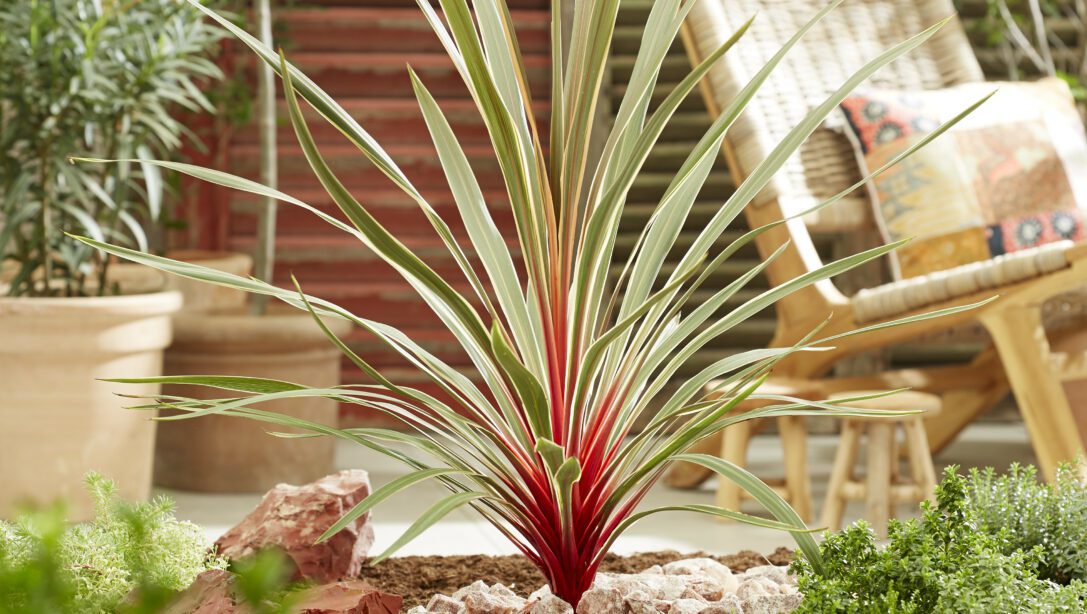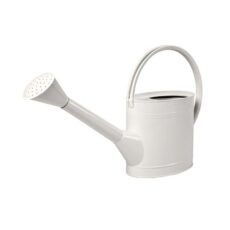Table of Contents
In a time of increasing concern over global warming and its far-reaching impacts, it has become crucial to explore natures wonders that can effectively mitigate the adverse effects of climate change. By selecting the right plants and shrubs we can not only enhance the aesthetic appeal of our surroundings but also contribute to creating a more sustainable and resilient environment. In this article we will delve into the realm of the best plants for climate change and highlight their unique attributes and the positive impact they can have on our planet.
What Makes a Plant Climate Resilient?
Plants which thrive in the face of the shifting weather extremes found within the UK are far from ordinary, they’re considered climate resilient. These plants are engineered by nature, and guided by humans, to flourish amidst the greater extremes. These species exhibit traits such as deep, or widespread root systems that access water from deep soil layers and have leaves with waxy, hairy, or glaucous surfaces which minimise evaporation.
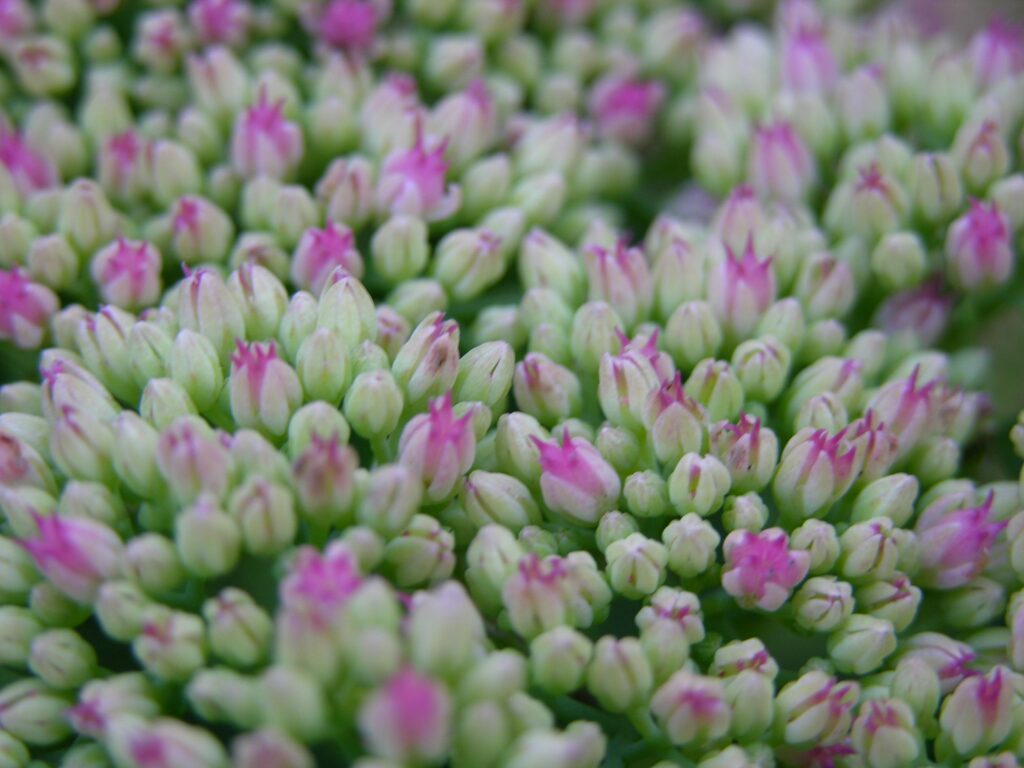
Many of these plant species also harness physiological tools like stomatal control or osmotic regulations to maintain water balance under stress. On top of that, some produce heat-shock proteins and antioxidants to shield cellular structures from heat damage, while those in flood-prone areas develop specialised roots that can handle waterlogged soil and enable oxygen transport.
Beyond physical hardiness, climate-resilient plants often carry genetic and ecological strategies that enhance survival and biodiversity. Often, they can resist pests and diseases naturally, reducing the needs for chemical intervention. Their complex seasonal adaptability, known as phenotypic plasticity, allows them to adjust leaf form, flowering time, or growth patterns based on evolving conditions.
Additionally, many of these plants form symbiotic partnerships with one another; drought-and-nutrient-tolerant legumes and deep-rooted grasses collaborate with beneficial soil microbes to fix nitrogen, boost moisture retention, and rack up resilience scores. Altogether, these traits help gardens endure both droughts and deluges, support wildlife, and lock in long-lasting ecological benefits.
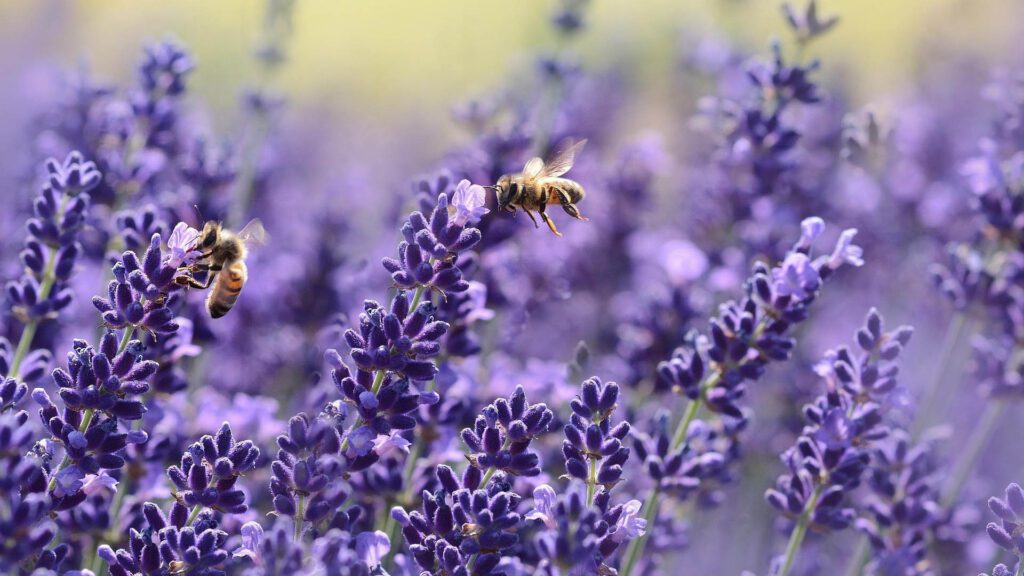
Drought Tolerant and Mediterranean Species
With UK summers becoming increasingly dry and unpredictable year-on-year, choosing drought-tolerant or Mediterranean-origin species is essential for sustainable, low-maintenance gardens. These plants often feature adaptations such as deep taproots, silvery or hairy foliage to reduce evaporation and water-storing tissues. These traits allow them to flourish with minimal irrigation once established.
Top Picks for Resilient and Beautiful Borders
- Lavandula (Lavender) – Compact, fragrant and famed for attracting pollinators. Prefers full sun and free-draining soil; pruning after flowering promotes longevity.
- Heuchera – Hardy perennials offering vivid foliage in shades of purple, green and chartreuse. Drought‑tolerant once established, they thrive in partial shade with well‑draining soil.
- Eryngium – Architectural plants with spiky, grey-bluish bracts that withstand dry soils and attract bees.
- Agapanthus – White and bluish flower clusters from South Africa, drought-tolerant once mature and ideal for containers or borders.
- Hylotelephium (Sedum) – Succulent perennial with water-storing leaves, ideal for gravel borders and rockeries.
- Briza media – Graceful native grass with nodding seedheads. Thrives in well‑drained soil, enjoys full sun, and is drought‑tolerant after establishment
Nitrogen Fixing Plants
Nitrogen fixing plants, particularly legumes, develop mutually beneficial relationships with Rhizobia bacteria in their root nodules. These bacteria transform atmospheric nitrogen into forms which plants can use, therefore naturally enriching the soil. The biological process reduces the need for synthetic fertilisers, whose production contributes to greenhouse gas emissions. This also help guard against nutrients leaching into waterways.
Top Picks for Nitrogen Fixing Plants
- Lupinus spp. (Lupins) – Iconic for their tall, colourful flower spikes and deep root systems, lupins can fix up to 100 kg N/ha per season. They flourish in sunny, well-drained spots and enrich soil for surrounding plants.
- Trifolium spp. (clovers) – Ideal as groundcover or intercrop, clovers stabilise soil, suppress weeds, and bolster nitrogen levels. They’re also excellent in lawn-edge plantings or between perennials.
- Garden Peas & Beans – Perfect for vegetable beds or edible borders as they fix nitrogen, provide seasonal yield, and improve soil health simultaneously.

Perennials for Carbon Storage
Perennial plants are a powerful ally in the world of sustainable gardening. They offer long-term climate benefits that annuals cannot match. Their extensive root systems anchor and aerate the soil, reducing erosion and enhancing structure while drawing carbon deep beneath the surface.
As perennial roots grow and decompose year after year, they build soil organic matter, also known as SOM, which creates a durable carbon sink. Studies have shown that this contributes significantly to soil carbon stocks, with perennial crops fixing more carbon than their annual counterparts[1]. This is due to their continual biomass accumulation and stable soil support.
Annuals on the other hand require yearly sowing and disturb the soil which releases carbon into the atmosphere. This paired with their demand for more water and energy highlights how perennials offer a much lower-maintenance, carbon-smart solution for UK gardens.
Beyond carbon storage, perennials foster a thriving ecosystem in garden environments. Their deep roots support microbial and mycorrhizal networks that improve soil fertility and water retention; they also maintain consistent green biomass, extending photosynthesis and carbon capture across seasons.
By reducing the need for repeated planting, irrigation, fertilisers and tillage, these long‑lived plants slash greenhouse gas emissions and promote ecological resilience. Moreover, perennials, ranging from flowering species to perennial edibles, encourage biodiversity, support pollinators, and provide year‑round visual interest, making them a holistic choice for climate‑aware gardeners.

Rain Garden Specialists
Rain gardens are strategically designed shallow basins which collect runoff from roofs, patios, and paved surfaces. These gardens help to slow stormwater, reduce flood risks, and help filter pollutants before water reaches the drains or waterways. By mimicking natural land drainage, rain gardens can soak in up to 30% more water than a conventional lawn[2].
Top Picks for a Rain Garden
- Iris pseudacorus (Yellow Flag Iris) – A robust UK native with vibrant yellow blooms from May to July. This is excellent for the wettest part of a rain garden, its dense root clumps help filter nutrients and support pollinators.
- Carex pendula – Elegant arching foliage that thrives in both saturated and slightly dry soil, making it perfect for stabilising the edges of a rain garden.
- Hydrangea arborescens ‘Annabelle’ – A moisture-loving shrub producing large, white mop-head flowers. It is hardy and well suited for part-shade borders; thriving in moist, well-drained soil and provides structural interest throughout summer.
- Geranium ‘Rozanne’ (AGM ‘Gerwat’) – An Award of Garden Merit–winning, long-flowering perennial. This plant forms low-mounded clumps with violet-blue blooms from spring to autumn. It tolerates occasional wet conditions yet remains tidy and reliable.
- Calamagrostis brachytricha (Korean Feather Reed Grass) – Tall, feathery plumes that bring winter interest and erosion control. Adapts well to moist rain garden edges and provides year‑round structure.
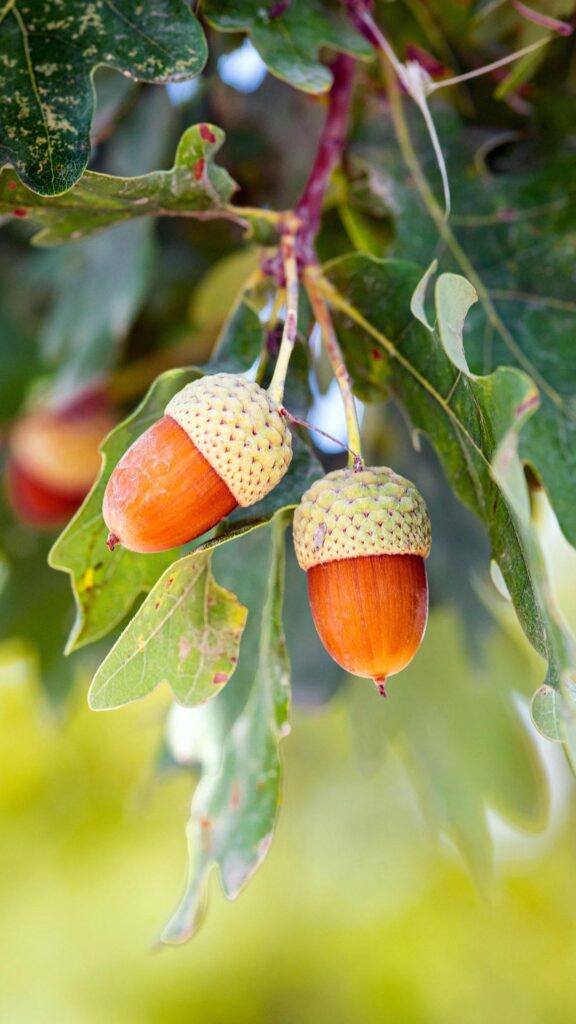
Carbon Sequestering Trees
Trees act as natural carbon sinks through photosynthesis, actively capturing CO2 from the atmosphere and locking it into wood, leaves, and roots. Over their lifetime, somewhere in the region of 40 to 200 years, each mature tree can sequester approximately 25 kg of CO2 per year. This means that they can effectively store up to 1 tonne of carbon across decades. Beyond carbon capture, trees offer colling shade, improved air quality, flood mitigation, and vital habitats for wildlife.
Top Tree Species for UK Gardens
- Quercus robur (English Oak) – Long-lived giants with deep roots, oaks can sequester around 25 kg CO₂ annually and excel in cooler UK regions.
- Betula pendula (Silver Birch) – Fast-growing native with eyes-catching white bark, storing carbon quickly in early years while supporting diverse bird and insect life.
- Pinus sylvestris (Scots Pine) – Hardy native pine capable of carbon sequestration over centuries, well-suited to varied soil types.
- Salix spp. (Willows) – Fast-growing trees ideal for wetter sites; excellent for absorbing CO₂ and stabilising flood-prone soil.
- Acer campestre (Field Maple) – Compact native maple, perfect for smaller gardens and urban planting, offering both carbon capture and biodiversity value.
Edible & Medicinal Climate Allies
By cultivating edible and medicinal plants you actively support climate resilience by reducing food miles, encouraging sustainable land use, and fostering biodiversity. Many native herbs and crops are perennials, meaning they live longer, develop deeper roots, and require fewer resources over time. This by itself further reduces the environmental impact, enhancing overall soil health.
Top Picks to Grow
- Matricaria recutita (German Chamomile) – With soothing tea and herbal uses, this annual has climate benefits through drought tolerance and soil improvement in mixed beds.
- Echinacea purpurea (Purple coneflower) – A classic herbal remedy admired for immune-boosting properties. Echinacea thrives in well-drained soil and full sun, and its long flowering season supports pollinators.
- Achillea millefolium (Common yarrow) – A durable native perennial used medicinally for its anti-inflammatory and wound-healing properties. Yarrow is ideal for poor soils, supports insect biodiversity, and remains green in drought.

To Conclude
Selecting and nurturing the right mix of climate-resilient plants, from rain garden staples to nitrogen fixers, perennials, sequestering trees, and edible-medicinal allies. All these methods are powerful ways for gardeners to contribute to a greener, sustainable future. By working with nature’s strengths, such as deep roots, seasonal adaptability, and biodiversity support, you can create vibrant spaces that withstand ever-changing weather patterns, capture carbon, filter water, and encourage wildlife.
Whether you’re planning a rain garden to manage stormwater, planting to support pollinators, or preparing a drought resistant garden, every plant choice adds up.
Visit your nearest Hillier Garden Centre to explore our curated displays, access expert advice, and choose plants tailored to your garden’s needs. Let’s grow resilient gardens that thrive in a changing climate together.
Article FAQs
What is stomatal control?
Stomatal control is the regulation of the tiny pores (stomata) on a plant’s surface by specialised guard cells, which adjust their opening to balance gas exchange—This allows carbon dioxide in for photosynthesis while minimising water loss through transpiration
What are osmotic regulations?
Osmotic regulation in plants is the process by which they manage the movement of water and dissolved substances (solutes) to maintain internal balance and support vital functions.
What is phenotypic plasticity?
Phenotypic plasticity is the ability of a single organism to change its physical traits, behaviour, or physiology in response to environmental changes, without altering its genetic code.
What is a mycorrhizal network?
A fungal network which grows in association with the roots of a plant. Their relationship is considered symbiotic, or mildly pathogenic.
References
[1] https://link.springer.com/article/10.1007/s13593-023-00912-w
[2] https://www.rhs.org.uk/garden-features/rain-gardens


